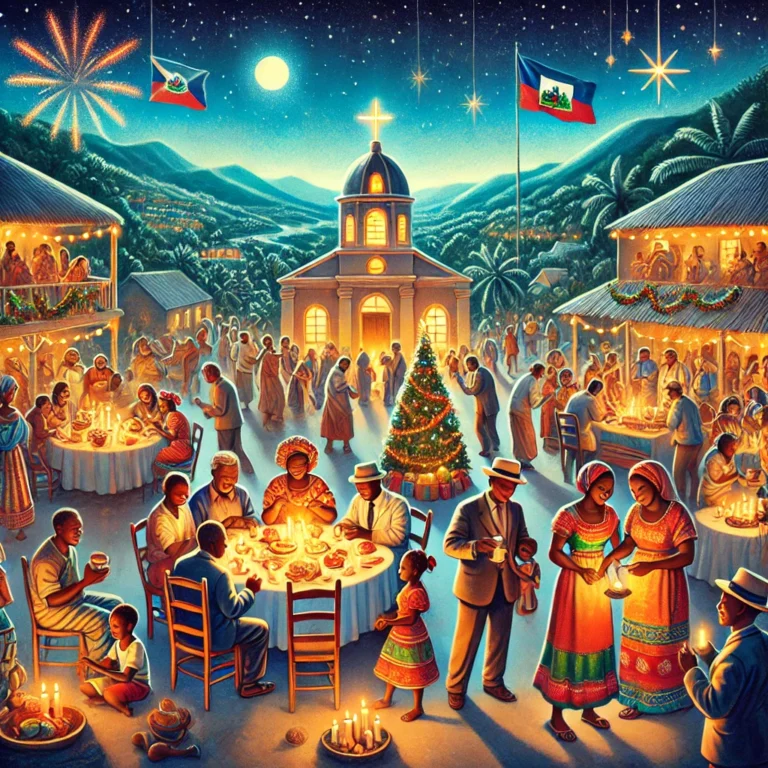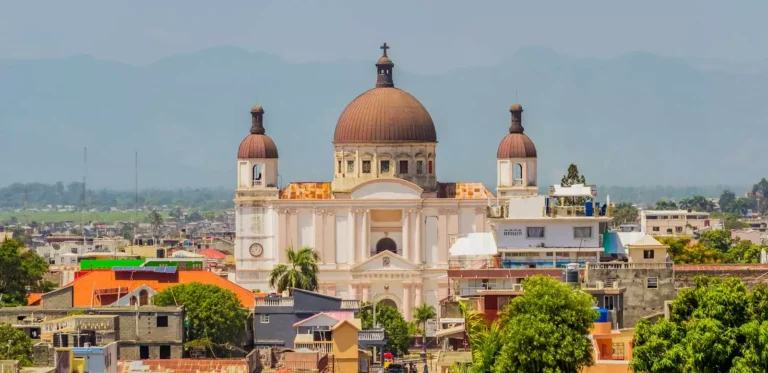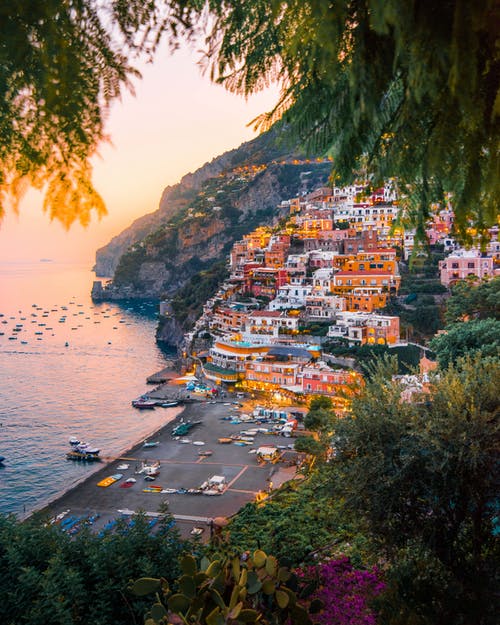It’s December 24th, the most anticipated night in Haiti—Nwèl!. Across the country, from bustling Port-au-Prince to tranquil...
Inspiration
Cap-Haïtien, often referred to simply as “Au Cap,” or “Kap peyi-am” is a historical city located on...
Fun memories with the youth of First Haitian Baptist Church of Dania. If you recognize your face...
In the first place, ask yourself why you should know About Haiti? Is it too important to...
Now more than ever in the history of humankind people are present ubiquitously on all platforms of...
You Know Haitian is a rich country in skilled workers, intelligent minds, and innovative ideas? The educational...











